Box Lighting Technique Using 2 V-Flats
When it comes to capturing stunning portraits, lighting is everything — and sometimes, the simplest tools can create the most powerful results. In this video, photographer Nathan Elson breaks down his go-to “box lighting” technique using nothing more than two V-Flats and a large window.
Whether you’re working in a full studio or just a small home space, this setup is fast, flexible, and incredibly effective. Let’s take a closer look at how it works.
What is the Box Lighting Technique?
The box lighting technique is exactly what it sounds like — positioning two V-Flats to form a three-sided box around your subject, with the open side facing a window for natural light. This setup allows you to sculpt light and shadow on the subject’s face and body with a high level of control.
Nathan places his model, Cameron, in the center of this “box,” facing toward the window. The V-Flats are positioned behind and to the sides of the subject, forming a U-shape or partial enclosure.
Why This Setup Works
Here’s what makes this setup so effective:
Control Over Contrast : By simply opening or closing the V-Flats, you can control how much light bounces into the scene. Open them wide, and the light is softer and flatter. Close them in, and shadows deepen — giving your subject more dimension and mood.
Black & White Surfaces : Nathan uses black-sided V-Flats to absorb light and enhance shadows. Using the white side, you can reflect light for a brighter, softer look. This dual-surface flexibility gives you the power to shape your lighting precisely.
Simplicity and Portability : No strobes. No softboxes. Just natural window light and two lightweight V-Flats. It’s an ideal solution for small spaces or on-location shoots.
Nathan’s Tips for Better Results
Adjust Angles : Rotate or tilt the V-Flats slightly to fine-tune the lighting on your subject’s face.
Mind the Distance : The closer the V-Flats are to the model, the more intense the contrast. Experiment with distance for different looks.
Use the Black Side for Drama : Nathan prefers the black surface when he wants more shape, depth, and mood in his portraits.
Final images





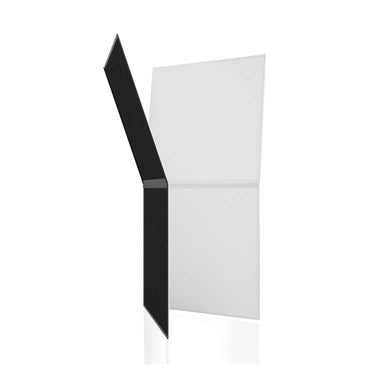
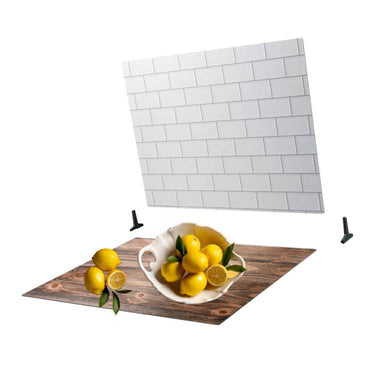
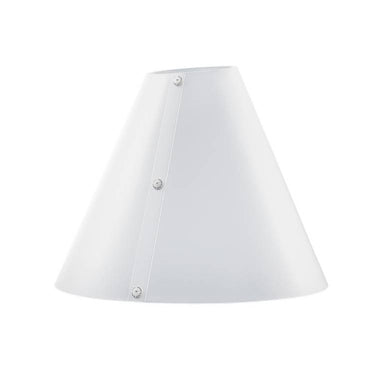
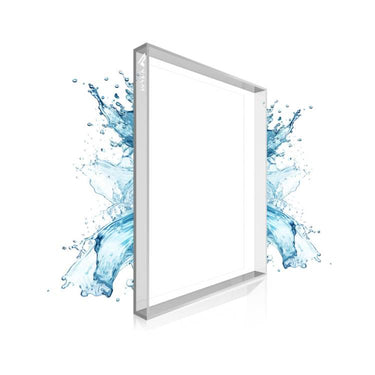
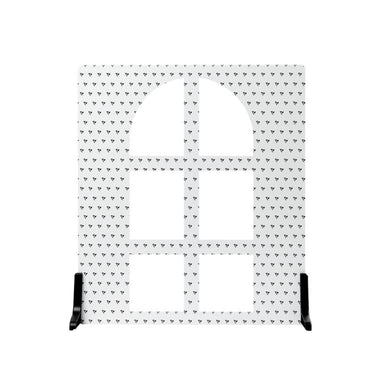
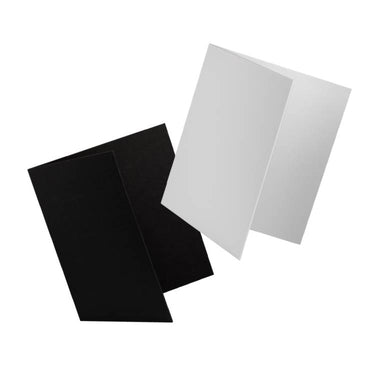
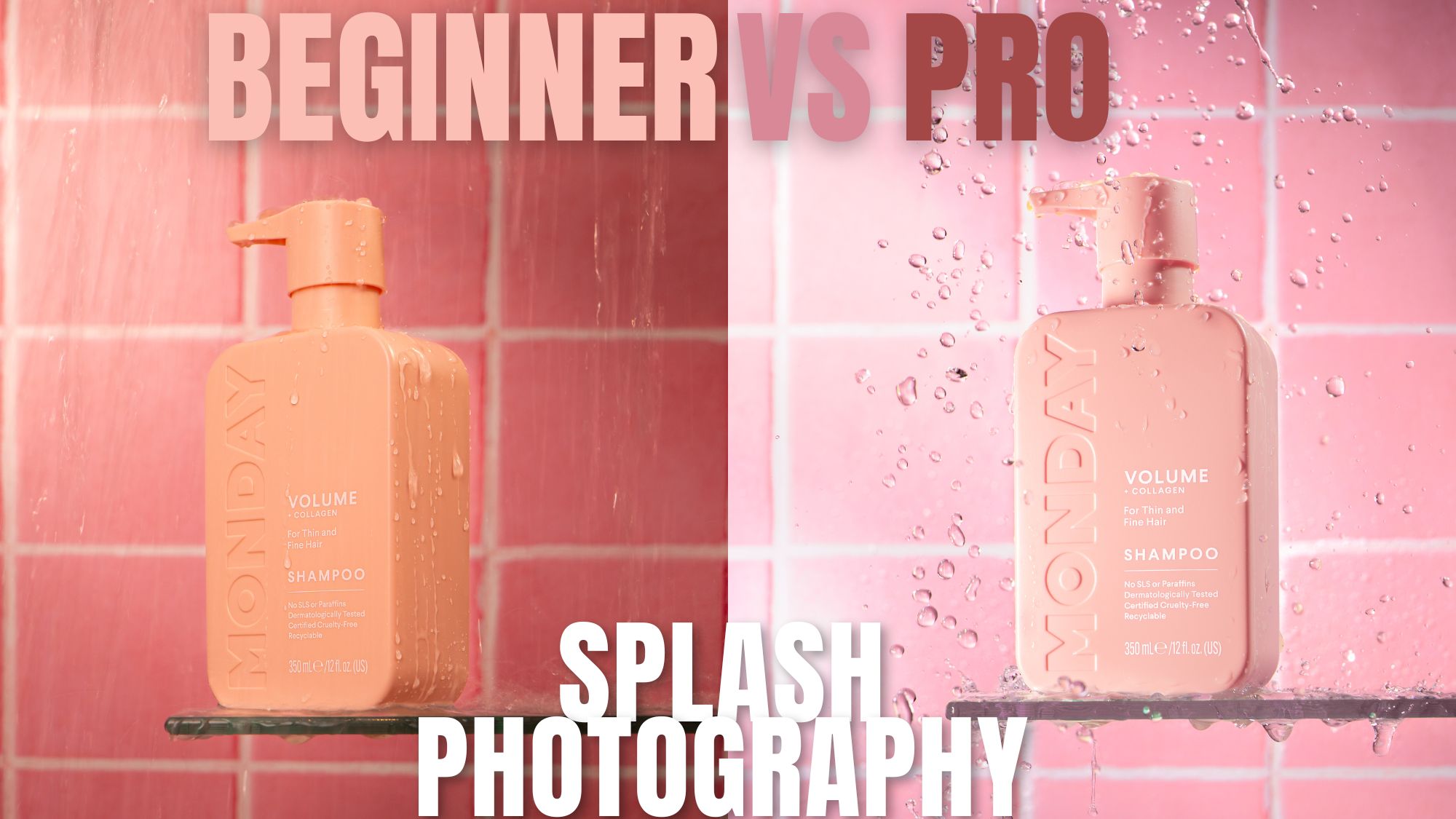
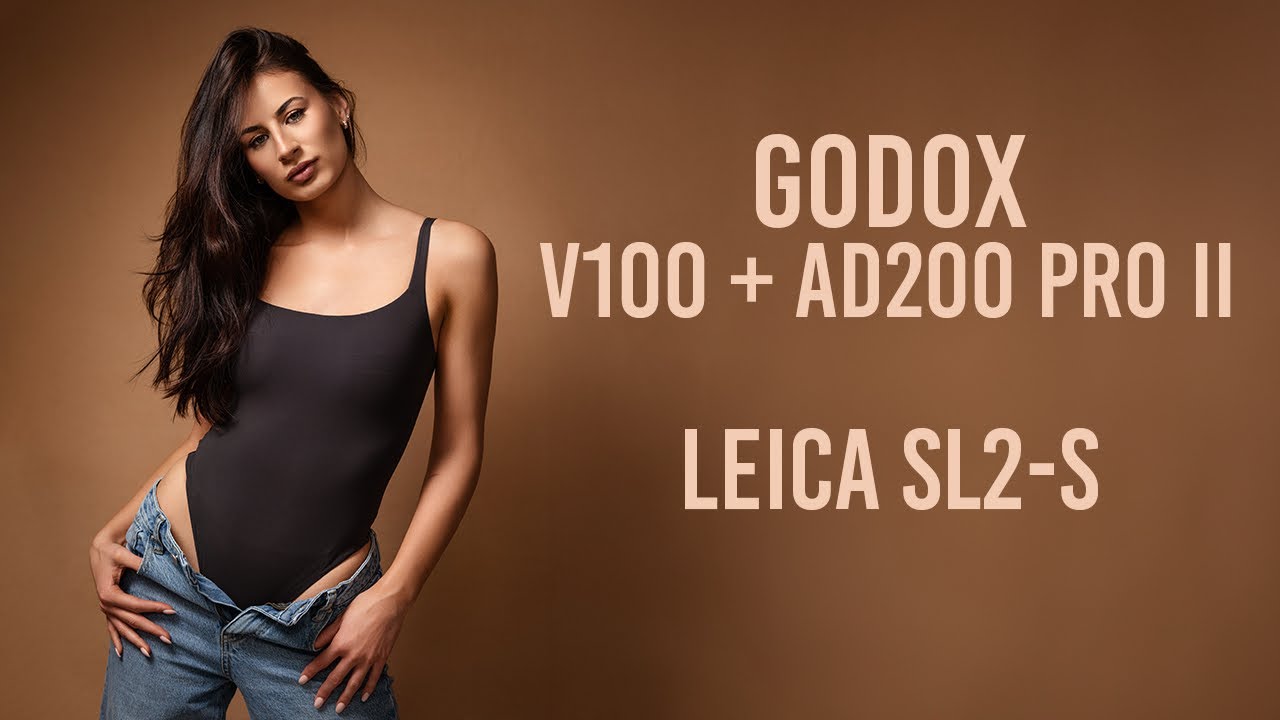
Leave a comment
This site is protected by hCaptcha and the hCaptcha Privacy Policy and Terms of Service apply.